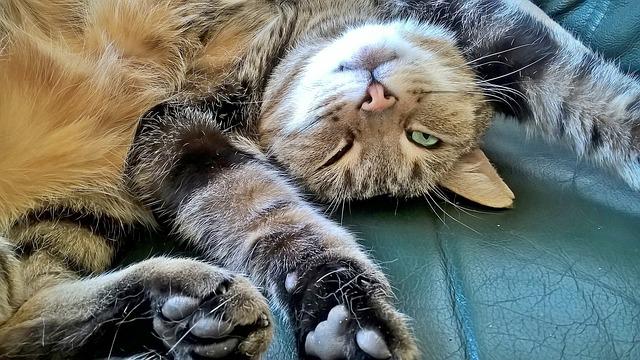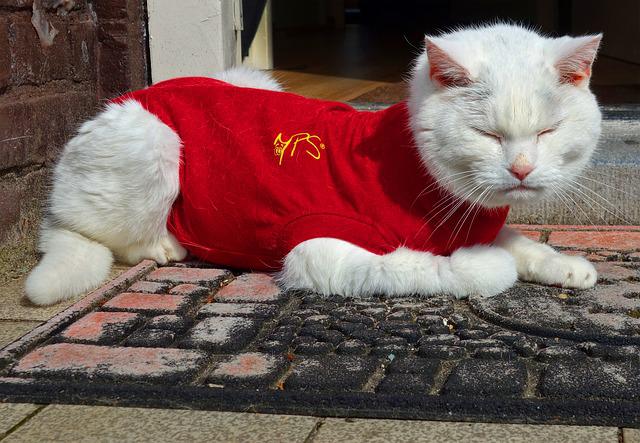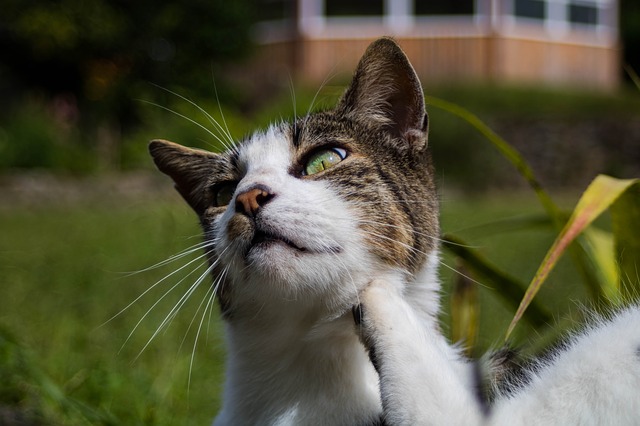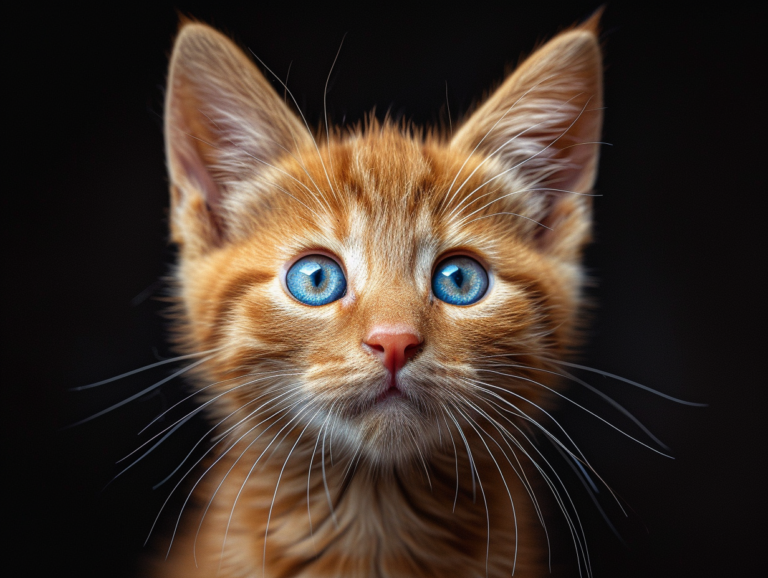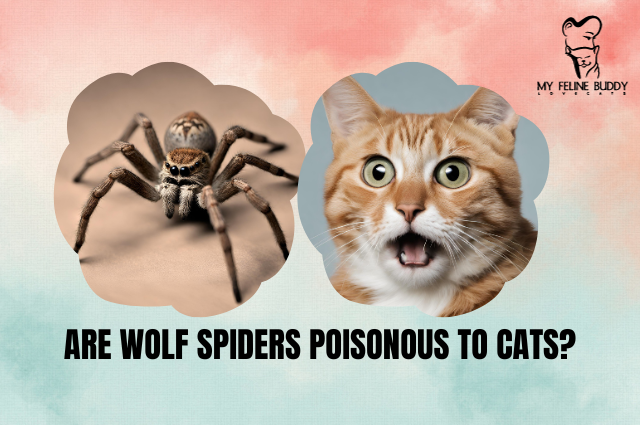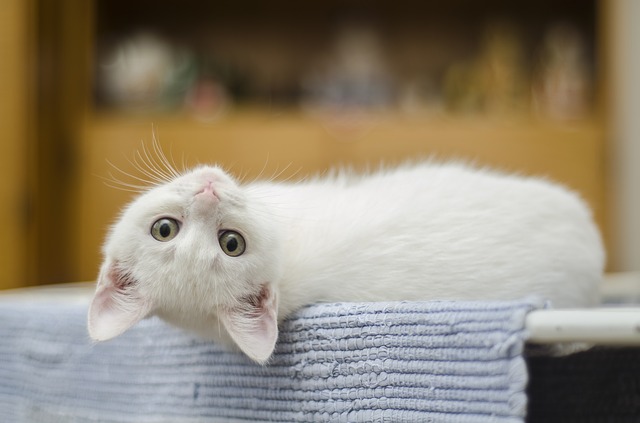10 Things to Know if Your Cat’s Giving Birth for the First Time
It’s natural to worry about a
But before we get to the point, here are three products that can help you best manage your
1. Your
Most queen cats prefer to give birth in isolation. She may look for a dark and quiet place where she can give birth in peace. During the final weeks of pregnancy, your
It is less likely that she will give birth in her bed and will even appear restless as she nears delivery. You can prepare a box for her to give birth and encourage her to sleep in her kittening box in preparation for the delivery, but don’t force her to give birth where she doesn’t want to.
If she needs your help and your presence during delivery, she will be vocal about it. Some dependent cats will even delay delivery and wait on their
If you have a dependent mother
2. She will have Different Signs of Labor
Cat pregnancy can last as little as 58 days and can be as long as 70 days although most cats give birth after 63 to 65 days of gestation. If my
Her temperature will also drop to around 99 degrees F (37.2 Celsius). Normal temperature suggests that she is nearing delivery. She will also have intermittent contractions 2 to 3 minutes apart with pauses to relax. Be wary of prolonged contractions that last an hour or longer.
Her appetite will also decrease and she will be restless as she goes into labor. She might be drawn to the cupboard, closet, shed, or even try to dig a hole in the garden. First-time
3. Your
The mom
Some cats like to rest in between straining and attend to their already-born kittens before proceeding to give birth to the rest of her litter. The resting period for some cats in between straining can last between 24 to 36 hours when they deliberately try to delay it, mostly due to stress or when they are waiting for the
4. She Will Eat the Amniotic Sac, Placenta, and Umbilical Cord
Before you freak out at the sight of your
Biting off the cord and the amniotic sac is necessary for the kitten’s survival. If your
Inexperienced mother cats may delay chewing off the umbilical cord which can cause the kitten to get a hernia. In this case, tear but don’t cut the umbilical cord, making sure to leave one inch or more of it before you tear it away from the kitten’s body. Avoid cutting the cord with scissors as this can promote bleeding. If you feel you can’t tear the umbilical cord with your hands, use sterilized scissors.
Otherwise, leave your
Remember that each kitten has its own placenta although twins sometimes share one placenta. If your
5. You Can Interfere with the Bonding Process
Newborn kittens need to be fed in the first hour of birth and the mother
If you see the mother
Don’t try to touch her kittens or move them away from her as the first few hours of birth is critical to their mom-and-kitten bonding.
However, some feline moms move around a lot during delivery and can tread on their newborns. If you must move the kittens, always leave one with the mother
Again, if there is no danger to the kittens, it is best to leave them to bond and nurse with their mom
6. Six Kittens Later and Your
Once your
7. She Can Lose Her First Kitten
Delivery can take longer than expected for an inexperienced feline mom. Old age, stress, ill health, obesity, and certain drugs can also cause difficulties for a first-time
Your
If you suspect that the kitten is stillborn, you can gently rub it to stimulate breathing, making sure the airways are clear. If the kitten is making a gurgling or choking noise, some amniotic fluid may have blocked its airways.
8. Treat Her Like a Queen
Some cats would accept food and water during long labor as well as after giving birth to kittens. Keep her favorite food and the
Refrain from handling your
Check to see that she is nursing her kittens and give her peace and quiet to rest and care for her new kittens. Watch out for dark vaginal discharges, dark lumps on her mammary glands, trembling, and exceptional restlessness post-delivery. Complications post-birth are not common, but if your
9. Birth Problems are Increasingly Common in Selectively Bred Cats
With the progression of selective breeding, as in Persian and Siamese cats, difficulties in kittening can be expected. Selectively bred cats have 7 to 10% more risk of having a difficult delivery than cats with a normal conformation. For your
10. Newborn Kittens Need to Be Close to Their Moms
Newborn kittens should not be taken away from their mother
Do know that newborn kittens can’t control their body temperature and won’t shiver to tell you if it is cold. Monitor the mother to see if she is drying off her kitten immediately after delivery. If she delays, you will have to dry the wet kitten as the little one can lose heat quickly.
If the mother
In Conclusion
Cats have maternal instincts that kick in when they become pregnant and as they approach delivery.
They will prepare their genitalia by licking it and look for a convenient place to give birth. Most cats are independent and give birth in private, caring for their newborn kittens all by themselves.
Some cats depend on their
Liked this post? If you did, maybe you’d like to check out another: How long does a cat pregnancy last?

